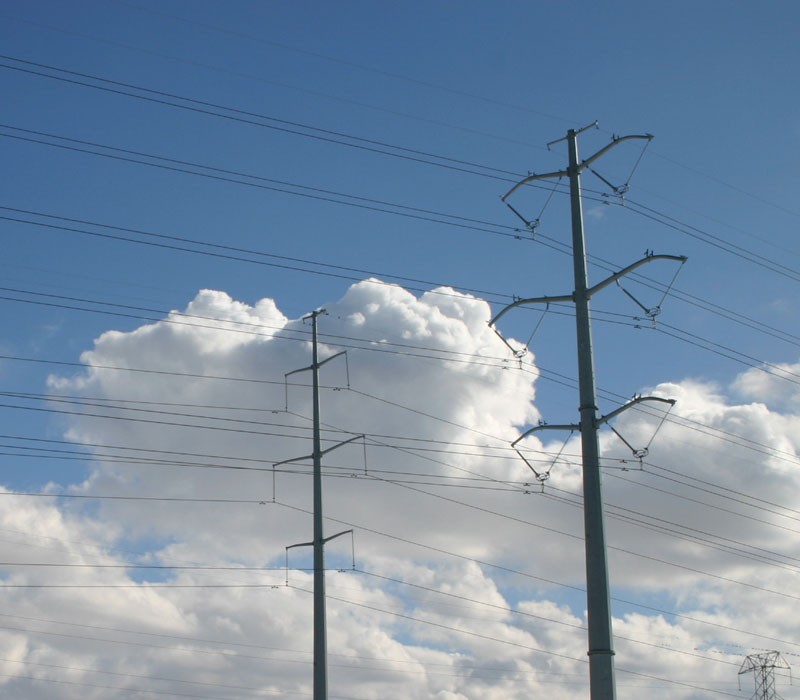Understanding electric and magnetic fields
An electromagnetic field, sometimes referred to as EMF, is created by electrical charges. Electric charge creates electric fields. Moving charges create both electric fields and magnetic fields. There is an electric field when an appliance is plugged into the wall. When the appliance is turned on, current or charge flows creating both a magnetic field and an electric field. The term electromagnetic field refers to an electric field, or the magnetic field or both fields. Given the widespread use of electricity, electromagnetic fields or EMFs are present everywhere in our daily lives.

Safety practices and EMF exposure
Extensive research on EMF exposure and safety has been conducted by international and national scientists. The results from this research have been evaluated by reputable international and national scientific and public health organizations and agencies. The company relies on the evaluations from these organizations and agencies when assessing potential risks. All of our proposed transmission facilities follow the rules, regulations and standards for electromagnetic field exposure to provide safe and reliable electric service.
Electric and magnetic field (EMF) exposure
EMFs occur anywhere there is electric power. Most electromagnetic fields found in homes are power frequency (60-hertz), which is categorized as extremely low frequency (ELF). Common sources of electric and magnetic fields in the home are appliances, televisions, computers, and standard electrical wiring. Anything that has a voltage has an ELF electric field. When a device is turned on, electrical current flows, which also creates an ELF magnetic field.
The electric fields near outdoor transmission lines are typically stronger than those found in homes because they have a higher voltage than residential sources or appliances/devices. On the other hand, the magnetic fields around electrical appliances in homes can be as high as or higher than the magnetic fields near outdoor power lines. Because electromagnetic fields decrease significantly with distance from the source, EMF exposure from power lines is reduced significantly by the distance from the wires – including the height of the towers or poles that carry overhead transmission and distribution lines. Transmission line electric fields, but not magnetic fields, are also shielded by trees and homes, so that they are further reduced inside homes and buildings.
At home
The chart below illustrates how the magnetic field exposure lessens with an increase in distance from typical electric sources at home.
Measurements are in milligauss
| 1.2" away | 12" away | 36" away | |
|---|---|---|---|
| Microwave oven | 750 to 2,000 | 40 to 80 | 3 to 8 |
| Clothes washer | 8 to 400 | 2 to 30 | 0.1 to 2 |
| Electric range | 60 to 2,000 | 4 to 40 | 0.1 to 1 |
| Compact fluorescent bulb | 0 to 32.8 | 0 to 0.1 | 0 |
| Hair dryer | 60 to 20,000 | 1 to 70 | 0.1 to 3 |
| LCD/plasma TV | 1.1 to 73.6 | 0 to 2.5 | 0 to 2.2 |
Source: Adapted from Gauger 1985 & EPRI Appliance Measurements Study 2010
At home
This chart describes the typical values of magnetic fields around distribution and transmission lines.
Maximum values may be lower for some utilities
| Distribution lines | 1 to 80 milligauss under the line |
| Transmission lines | 1 to 300 milligauss edge of right of way |